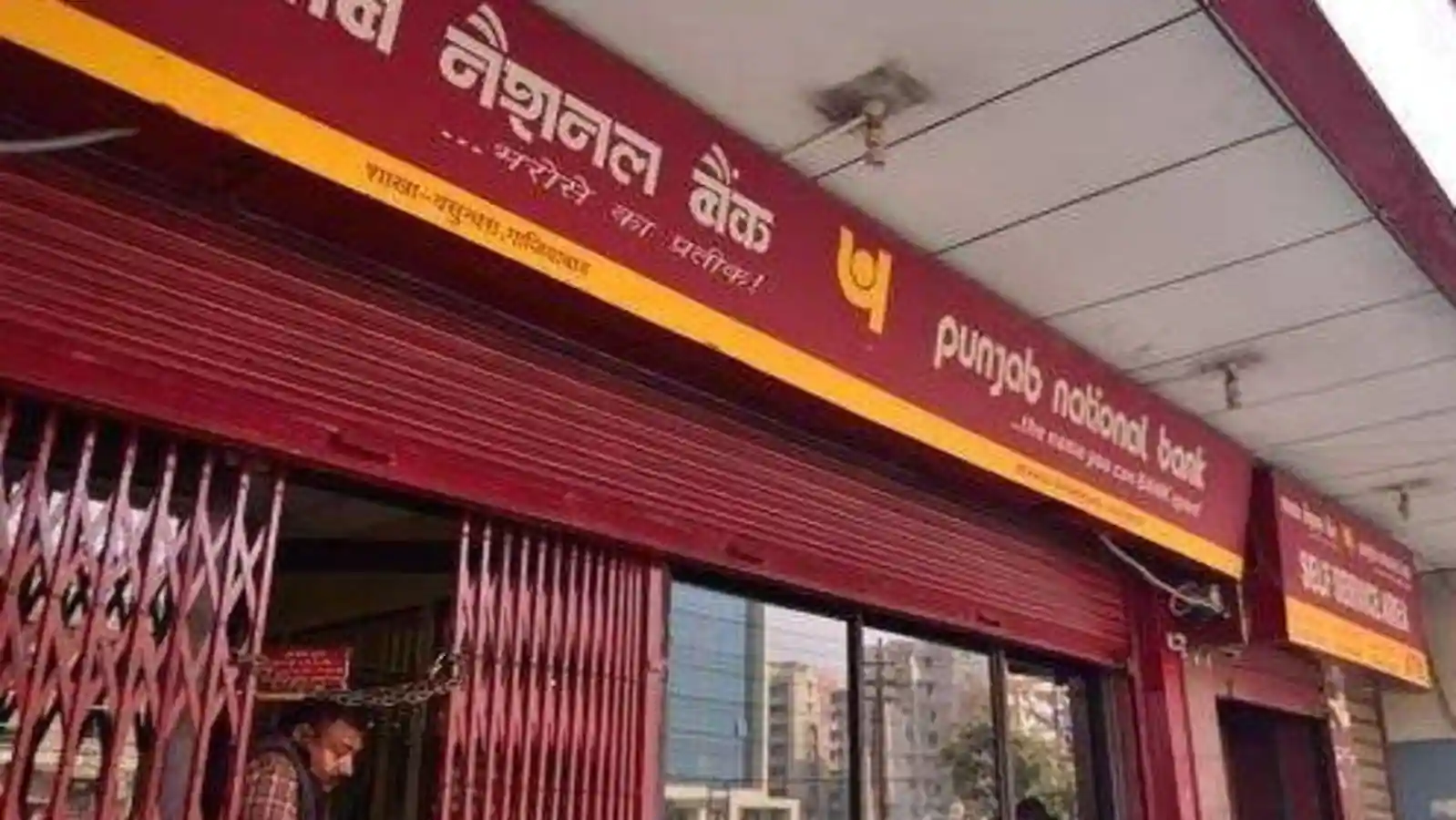According to its website, a public sector lender, Punjab National Bank (PNB), has increased its marginal cost of lending rate, or MCLR, across all tenors. In its statement, PNB said that the new MCLR is effective from August 1, 2022.
Every financial institution uses this to decide on their loan interest rates. Based on ten basis points, MCLR hikes on Monday. It means that the base rate will be a notch lower. It has caused a hike in loan interest rates for retail borrowers. The MCLR can be a ‘one-time’ or ongoing’ hike. The steady hike is a trend that will continue.
The Central Bank of India has increased the marginal cost-based lending rate (MCLR) by 50 basis points to 9.50%. The PNB MCLR rate hike comes from the Monetary Policy Committee of the RBI. It is set to start its secretive consultations and is considering going with another rate hike for the time expansion. Its quarterly review has also seen a hike in the repo rate by 25 basis points to 6.75%. The Reserve Bank of India has not only maintained its cash reserve ratio. Still, it has also removed the buffer level of 45%.

The Reserve Bank of India (RBI) raised its marginal cost of funds-lending rates (MCLR) today by 25 bps to 6.25%. The decision expects to significantly impact the cost of funds for banks and borrowers. It will affect banks’ cost of funds, as well as their lending rates. The higher MCLR will push up the cost of funds on the bank’s balance sheet and borrowers’ cost of funds, which will, in turn, push up their loan EMIs. It will also be the case if banks increase their lending rates.
PNB’s overnight marginal cost of lending rate has risen from 6.90 percent to 7.00 percent. In comparison, its rates for one month and six months have grown by ten bps each to 7.05 percent and 7.15 percent, respectively. However, the Marginal Cost of Funds based lending rate (MCLR) for one-year loans has increased by ten basis points from 7.85 percent to 7.95 percent effective from Monday, according to a notification on the PNB’s website.
The Punjab National Bank MCLR rates have increased the rates for housing loans, vehicle loans, and personal loans. The rates have been grown based on the bank’s marginal cost of funds-cost, which means the bank’s expected price rises. As a result of the Punjab National Bank MCLR rate hike, home loans, vehicle loans, and personal loans will get more expensive as the EMIs increase.
The EMI for existing home loan borrowers will revise only when their loan reset date arrives. Lenders can change the interest rate for their home loans when the RBI announces the revised bank rate tomorrow and the reset date.
The Reserve Bank of India announced that the Money Control Lending Rate would rise rapidly. In early June, the Reserve Bank of India raised its key repo rate by 50 basis points. The second hike was almost a month after the national bank’s Monetary Policy Committee expanded 40 premise focuses in an off-cycle strategy audit in May. This hike in interest rates will lead to a rise in India’s loan and car loan rates.
















